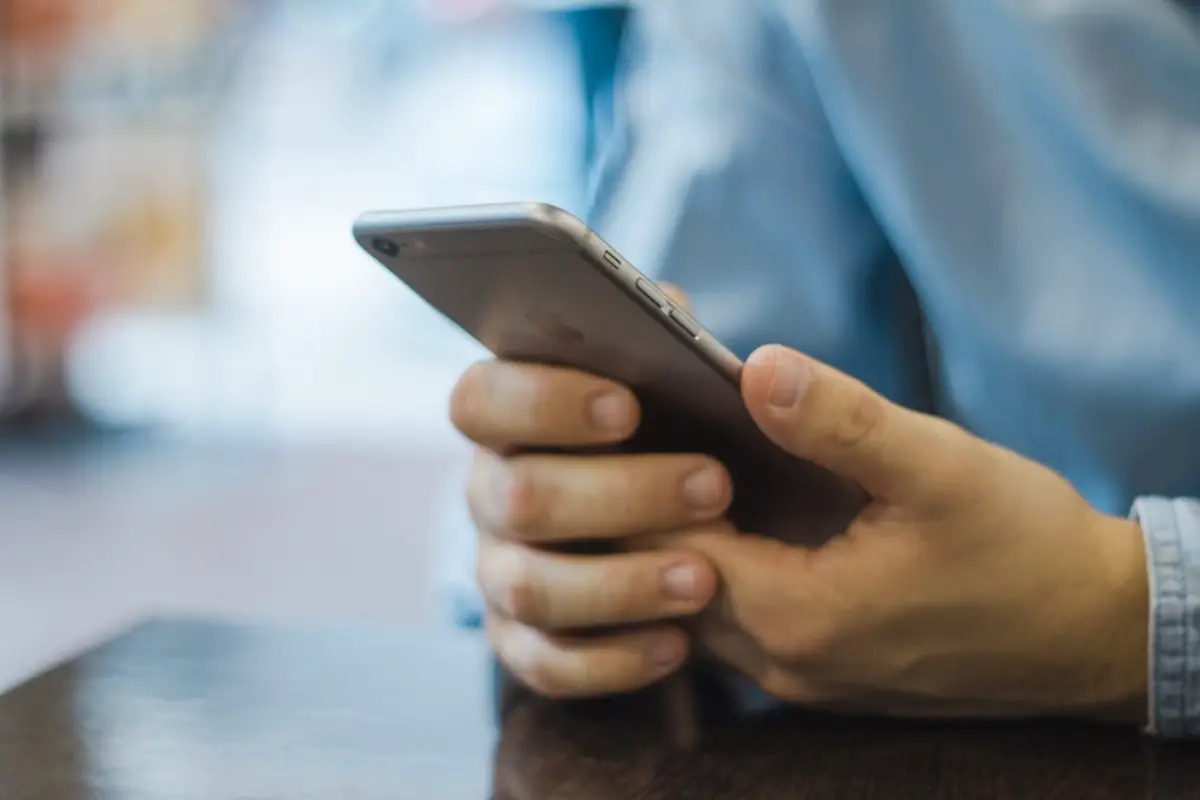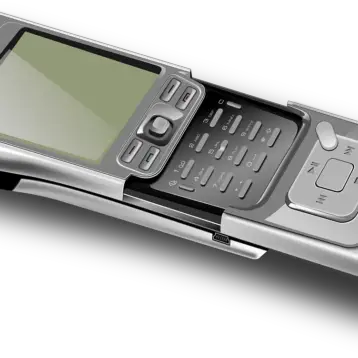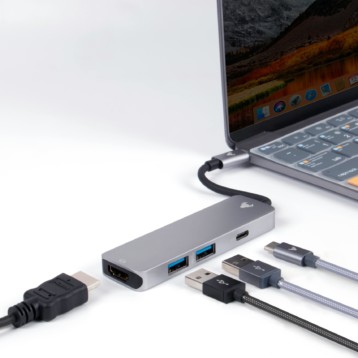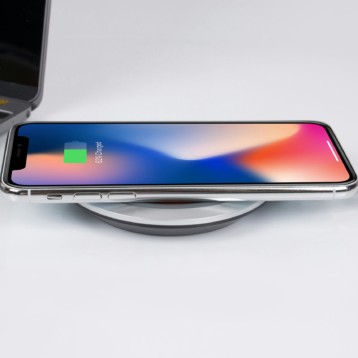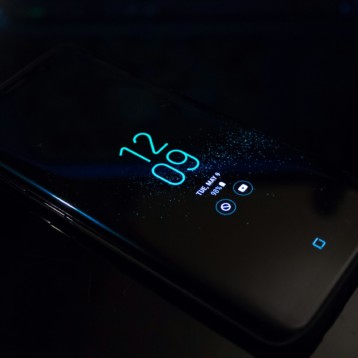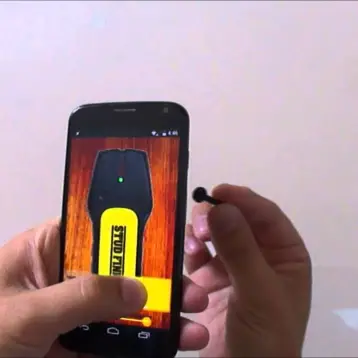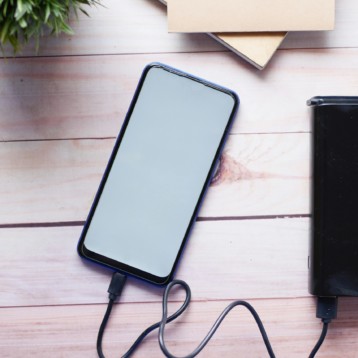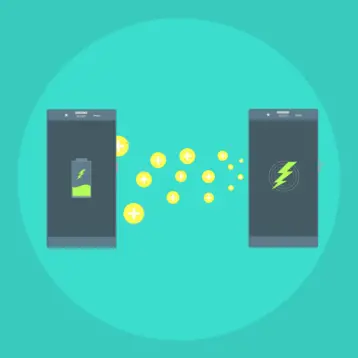Mobile Learning, or M-Learning, has different meanings for different users. Mobile learning is a subset of e-learning, which itself is a subset of education, and has a distinct focus on learning through the use of devices that can be easily carried.
What is Mobile Learning in Real-life?
Here are a few examples:
- Fourth-grade students in Oregon use an iPod to record drafts of their papers, catching errors that “just don’t sound right” they may otherwise have missed.
- In 2004, Duke University began giving iPods to freshmen, which were used for everything from reviewing pre-loaded orientation information to field recordings of notes, sounds, and audio data.
- A few years ago, Merrill Lynch equipped its investment bankers with BlackBerry devices and saw completion rates of required compliance training increase.
All of these are an example of mobile learning: educational experiences made possible because of a mobile device.
What are Mobile Devices Used for Mobile Learning?
While there is no strict definition, mobile devices are any device that can be easily carried by a student. This includes smartphones and personal digital assistants (PDAs). More specifically, many popular mobile devices include:
- Apple iPod Touch
- Apple iPad
- Apple iPhone
- Android-powered Smartphones
- Android-powered Tablets
- Kno (no relation to KnowPro, my educational app company)
- Cameras, GPS devices, etc.
Learning Experiences of Mobile Learning
As I commented earlier, mobile learning has a number of advantages either as a supplement to or replacement of classroom experiences. Learning experiences may take a number of forms, at a variety of levels:
Individual Mobile Learning
- Original coursework: usually in some combination of text, audio, and visual components. May include reading e-books or listening to audiobooks, listening to lectures, watching demonstrations, reviewing assignments.
- Skill practice: writing drafts of papers, recording oral practicing of everything from vocabulary practices to speeches.
- Research: using Internet access to find source content.
- Content capture: taking notes, recording audio/visual content.
Peer-to-Peer or Peer-to-Instructor Mobile Learning
- Posting questions or work products on shared websites, sending files to peers or instructors.
- Sending emails, IMs, texts to peers or instructors to get fast answers to questions, checking on assignments, setting up meetings.
Group Sharing Mobile Learning
- Using social networking sites/shared websites to collaborate with others anywhere in the world.
These same levels apply if you look at the learning experience from the instructor level. The individual teacher can post assignments, lecture notes, and course content so students can access them anytime, anywhere. K-12 and college-level teachers can use mobile technologies to communicate and work collaboratively with other teachers on campus, across the country, or around the world.
The technologies are especially useful to instructors working inside businesses since their “students” are, by definition, mobile, and it is often impossible to get business people together in a room for a learning experience.
mLearning Pilot Project at Franklin & Marshall College
The Franklin & Marshall College pilot project, which took place between May 2009 and May 2010, asked participating faculty to complete a survey. The results can be grouped into four main areas: convenience, increased productivity, connections to students, and usefulness as a teaching or research device. The following conclusions were presented in the mobile learning study:
- The convenience of a small, highly portable device allowed participants to accomplish many tasks that would otherwise require a laptop, yet in a much smaller, lighter, less expensive package.
- All survey participants stated that they used their devices while traveling and the devices had a positive impact on overall productivity.
- The devices provided opportunities for better communication with students and allowed participants to feel more connected to students through a better understanding of mobile devices.
- Although some faculty discovered innovative uses for the devices that directly enhanced their teaching, many struggled with how to do so.
Mobile Learning in the Near Future
Mobile device sales have exploded in the past few years and all estimates project continued exponential growth, which presents a tremendous opportunity for educators – especially as the price of mobile devices continues to decrease.

